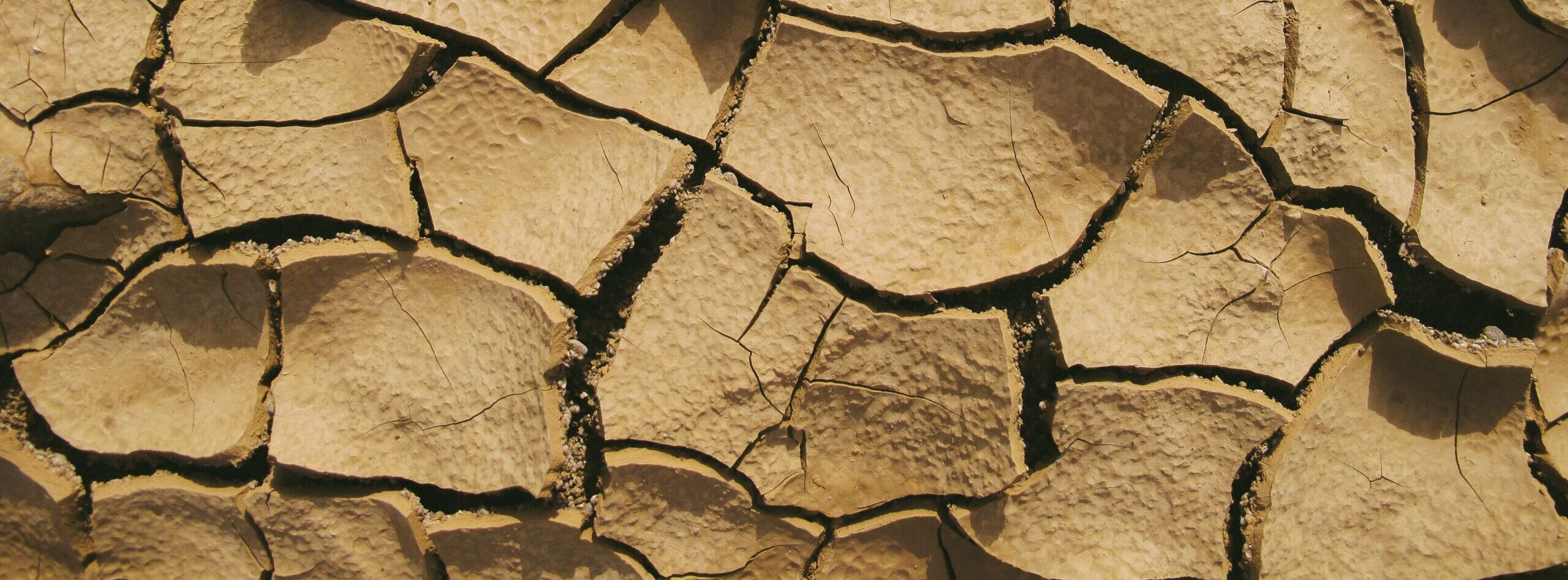A historic heat wave is hitting the United States this week, endangering an already dire drought in the North West and the West Coast.
Before your water well runs out of water, consider calling a groundwater professional to check your water levels.
Here’s a comparison of how the drought has worsened in the United States from June 2020 to June 2021:

What a drought could mean for your water well system
Drought conditions can have wide-ranging impacts including effects on groundwater supplies. Seasonal variations in weather patterns can impact shallow wells. The loss of water does not necessarily mean there is no more water. Decreased productivity may or may not be due to drought.
When a well goes dry due to drought, it means the water table has dropped below the level of the pump.

An illustration of the water table getting lower
Wells do not typically go dry at once but slowly get worse due to lack of aquifer recharge.
Depending on the severity of the drought, it can take multiple soaking rains over a period of time to recharge an aquifer. The recharge rate must equal the demand or water tables will continue to decline.
Some aquifers are continually recharged by rainwater that infiltrates the ground. Other aquifers have to be recharged from alternative sources of water.
Some aquifers are sealed off from surface water recharge due to an impermeable layer of clay or solid rock limiting effective recharge.
When the problem is a declining water table, oftentimes the well can be drilled deeper to extend its depth back below the water table. Deepening a well does not guarantee more water. A water well system professional can determine whether the size and condition of the well casing will permit the well to be drilled deeper.
Often, older wells drilled only into the top of an aquifer — not penetrating the full thickness of the aquifer — are the wells most likely to fail first. Some wells can be deepened and the pump lowered to keep the well owner in water. Lowering the pump may put it into the perforated interval of the well and very lose to the bottom of the well.
What you can do to protect your water well system from drought
Many people in drought-stricken areas become very resourceful in managing, conserving, recycling, or harvesting water to meet their water needs. For example, you can schedule water-intensive activities such as watering your lawn, washing clothes, doing the dishes, and taking a shower across the day so they are not all occurring at the same time.
Water well users are not often aware of how much water they are using until they are show. Groundwater usage data can be used to encourage water conservation. When water use was reported frequently, usage dropped. (Tip: Learn more about water conservation by clicking here.)
Using your water more than once can conserve groundwater.
There are many ways to deal with water shortages during times of drought: managing, conserving, recycling, and harvesting.
Don’t delay; call a groundwater professional today! To find a qualified professional in your area, use our Find-a-Contractor search tool.
To read more about water wells during a drought, click here.
For more information about private water wells during drought, please watch the free webinar below:



